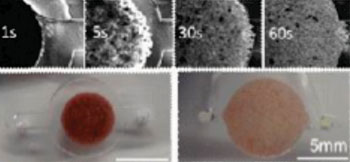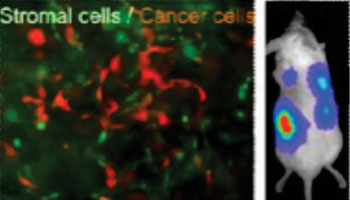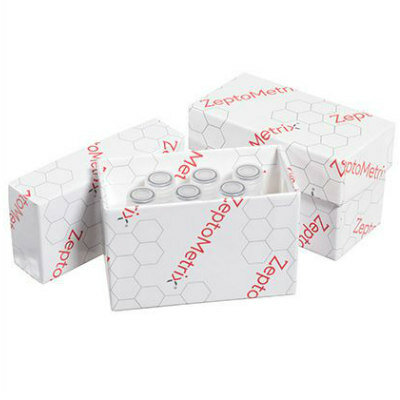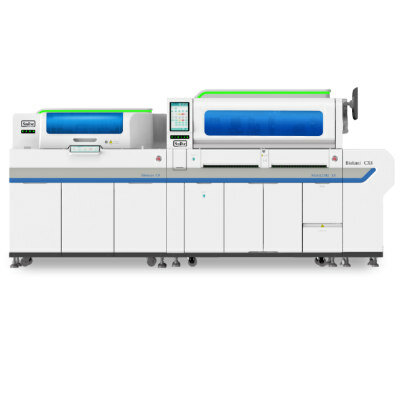Hydrogel-Embedded 3-D Scaffold Provides Superior Matrix for Culture of Captured Circulating Tumor Cells
By LabMedica International staff writers
Posted on 18 Aug 2015
Findings obtained by a proof-of-concept study suggested that isolated circulating tumor cells (CTCs) could be induced to grow on three-dimensional scaffolding embedded into a rehydrated hydrogel matrix where they were available for study, manipulation, and transplant.Posted on 18 Aug 2015
Improvements in microfluidic technologies have substantially advanced cancer research by enabling the isolation of rare CTCs for diagnostic and prognostic purposes. However, the characterization of isolated CTCs has been limited due to the difficulty in recovering and growing isolated cells with high fidelity.
Investigators at Massachusetts General Hospital (Boston, USA) and their colleagues at Florida State University (Tallahassee, USA) and the University of Massachusetts (Amherst, USA) devised a strategy to substantially improve recovery of CTCs by using a three-dimensional scaffold integrated into a microfludic device. The transferable substrate was readily isolated after device operation for serial use in vivo as a transplanted tissue bed.
In a proof-of-concept study, a dry hydrogel scaffold was inserted into a capture chamber within the fluidic device and then rehydrated to fill the void volume of the capture chamber. Computational modeling was used to define different flow and pressure regimes that guided the conditions used to operate the chip. A cell suspension containing a prostate tumor cell line was used to verify that cancer cells would attach to the hydrogel matrix, which could be directly visualized under a microscope, and grow under these conditions.
Results published in the June 23, 2015, online edition of the journal Technology confirmed human prostate tumor cell attachment in the microfluidic scaffold chip, retrieval of the scaffold en masse, and serial implantation of the scaffold to a mouse model with preserved xenograft development.
"Companion models of circulating tumor cells can be a practical test bed to gain insight about new mutations and drug sensitivity of metastatic cells that can apply to patient care. This proof-of-concept study adds a new dimension to this important effort," said senior author Dr. Biju Parekkadan, assistant professor of surgery at Massachusetts General Hospital.
Related Links:
Massachusetts General Hospital
Florida State University
University of Massachusetts
















